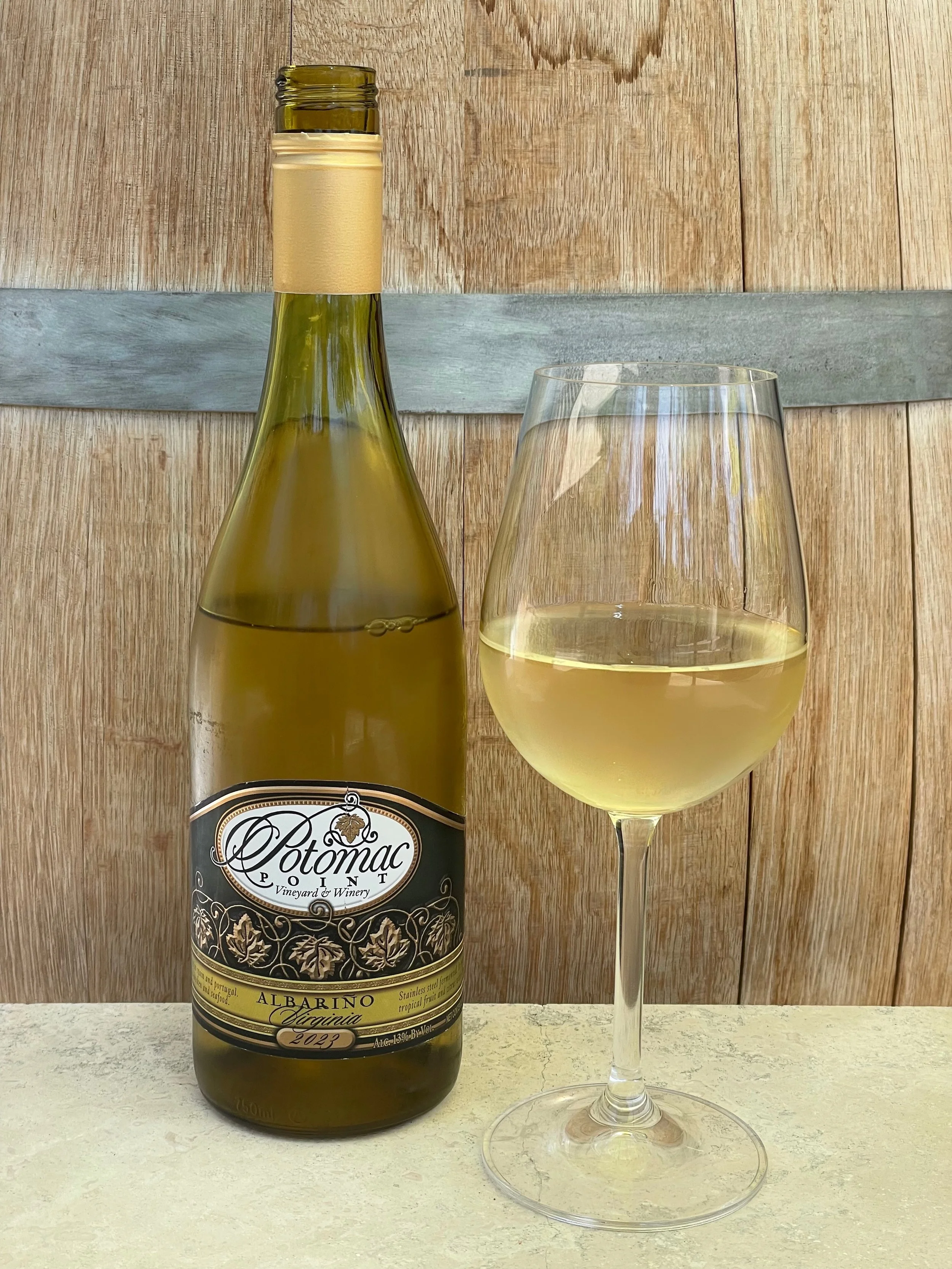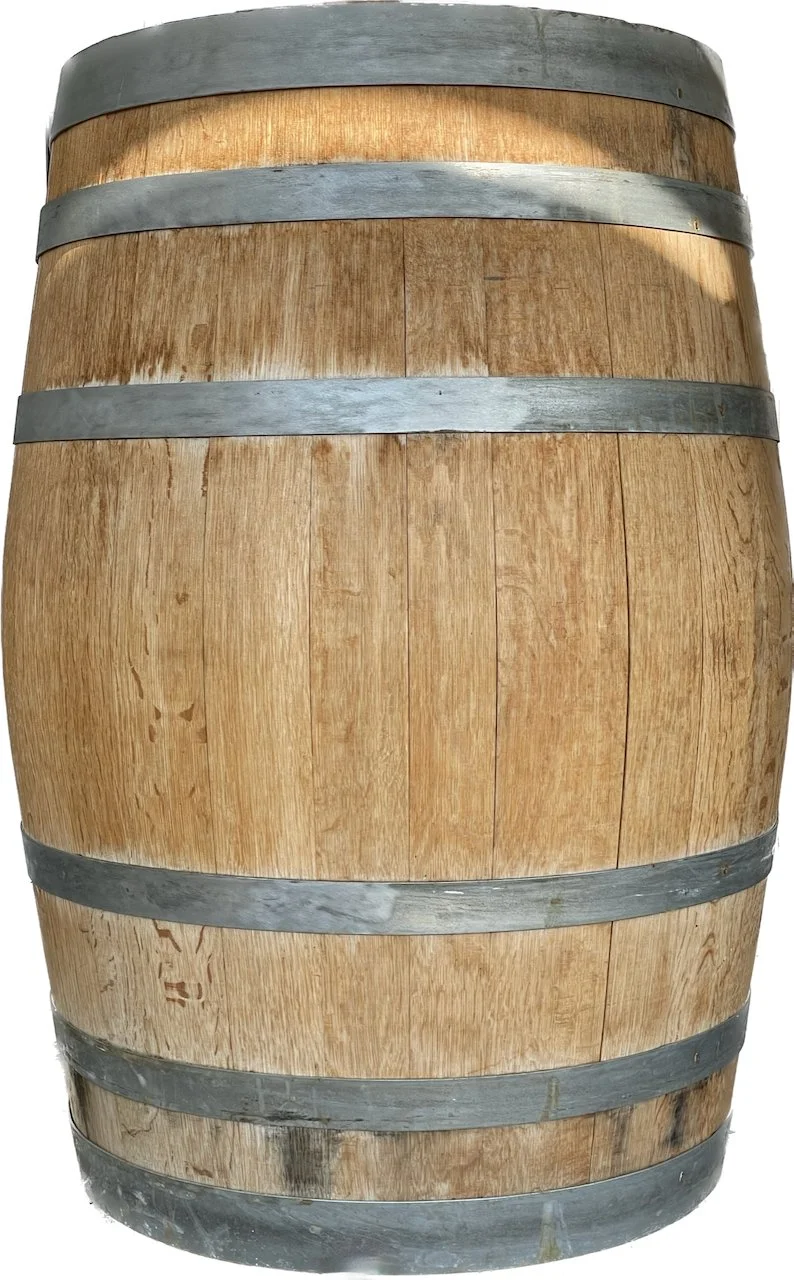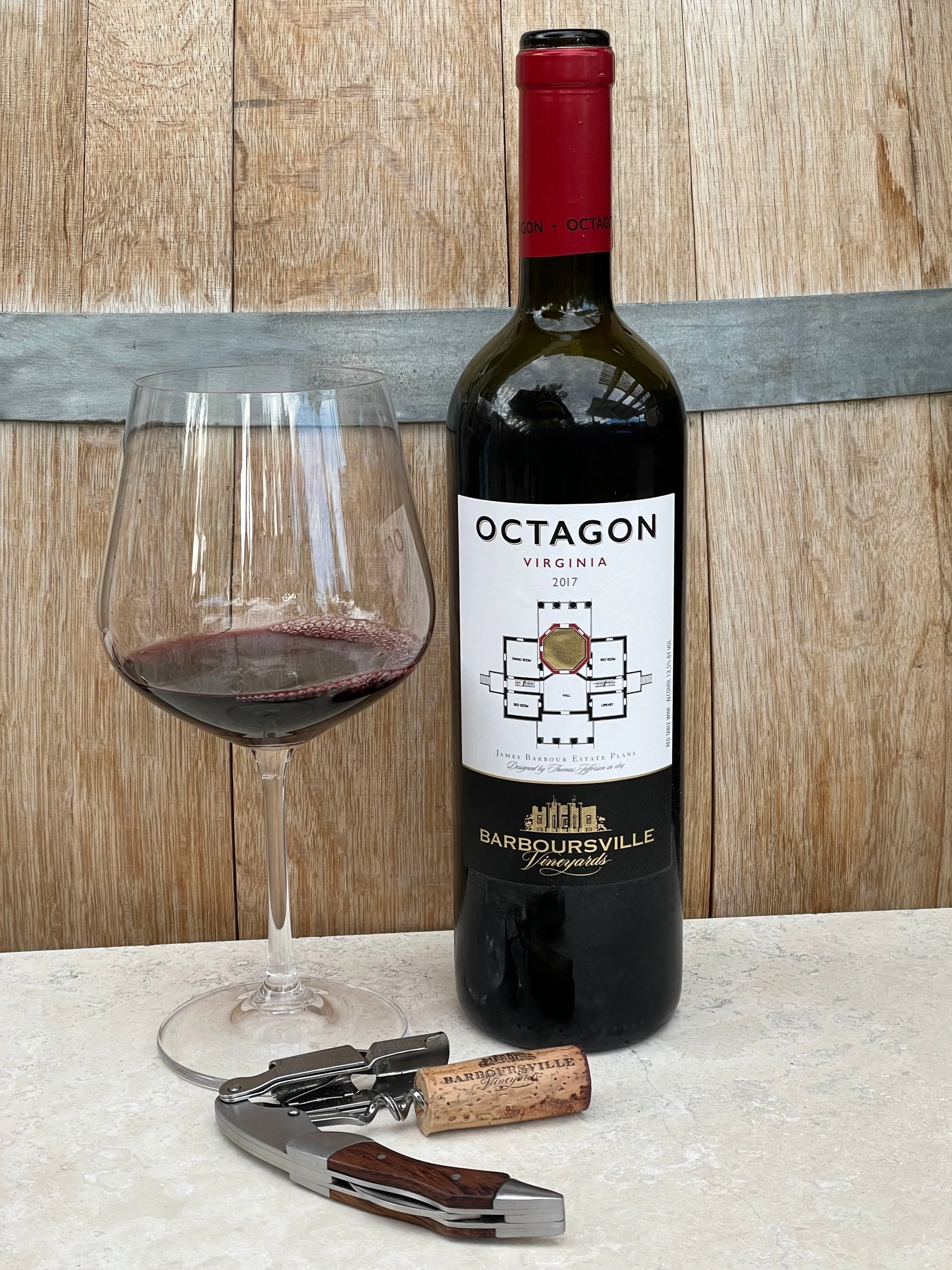2023 Potomac Point Winery Albariño ($35)
When Potomac Point Winery & Vineyard was founded in 2007, Skip & Cindi Causey set out to make exceptional wine complete with an immersive experience rich in European ambiance and Virginia hill-side beauty.
Skip Causey and Jordan Cleary make up the wine making team. Skip spent 20 years training with three esteemed European winemakers at the winery, adopting their European approach to crafting wines that showcase their grapes. Skip is now passing the torch to Jordan, who has worked alongside him for 13 years.
This Potomac Point Albariño is produced from 95% Albariño and 5% Viognier. It undergoes a two-week fermentation, followed by the addition of a fining agent. It then settles and ages sur lie in stainless steel tanks for four months before bottling.
This Albariño is medium yellow in color with a delicate aroma baked apple with floral notes. On the Palate, it is medium-light bodied with nice apple and pear flavors, medium acidity and a soft, balanced finish. [ABV: 13.9%, TA: 7.3 g/L, pH: 3.33, RS: 0%]
This Potomac Point Albariño is another winner of the Virginia Wine Governor’s Cup and included in the winner’s case. It’s a terrific wine at a great price making it a great fit as this week’s Behind the Cork™ Wine of the Week. Cheers!
Disclosure of Wine Sample Submission: I received this sample at no cost for review.
Media Sample Provided by Potomac Point Winery, Virginia Wine and Donna White Communications






